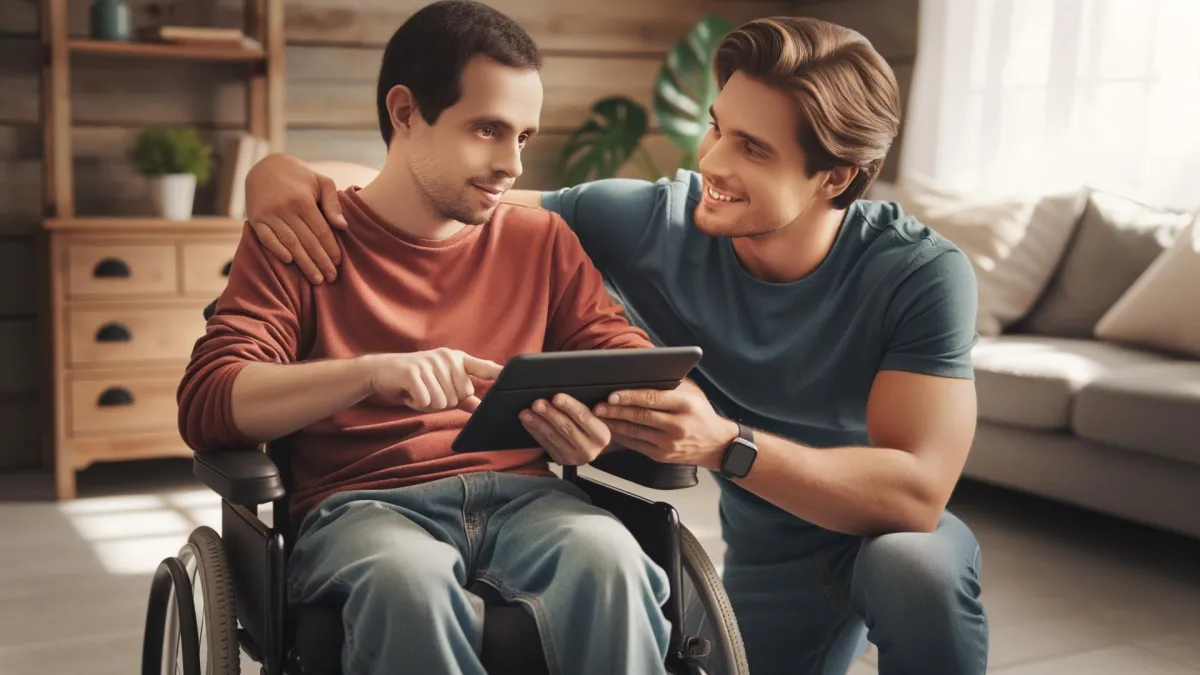
Understanding Communication Differences in Individuals with Intellectual Disabilities
When working with individuals with intellectual disabilities, one of the most important — and often overlooked — aspects of support is communication. It's not always verbal. In fact, communication can take many forms: spoken words, vocalizations, gestures, body language, assistive devices, or even behaviors that express needs or emotions in ways others might not immediately recognize.
Over time, I’ve learned that effective communication means meeting the individual where they are. It’s about adapting, listening beyond words, and sometimes reading between the lines. For example, one of my clients may use a talker (a tablet-based communication device), while another might rely on a binder filled with picture choices. Sometimes communication is a gesture, like turning away, making a disapproving sound, or excitedly vocalizing when something is enjoyable.
Adapting with Intention
To support each person’s unique communication style, I adjust my approach often. That might mean repeating a request using simpler words, using visual aids to reinforce instructions, or modeling a behavior to help them understand what’s expected. I’ve also noticed that minimizing distractions like TV, loud music, or fidget toys helps improve focus. Interestingly, I’ve found that whispering gets my clients’ attention better than speaking loudly — they lean in and listen more closely when the tone is calm and quiet.
Navigating Breakdowns
When communication breaks down, it’s easy for frustration to arise — for both the individual and the support professional. I’ve had to pause an activity or turn off background noise to get through. These moments require calm, patience, and sometimes a reset to reconnect and continue.
The Power of Observation
Patience and keen observation are essential, especially when words aren’t the main form of communication. I watch closely for facial expressions, posture, and reactions. A client might laugh when they don’t want to do something — not because it’s funny, but because that’s how they process refusal. Another might turn their head away or make a subtle face that says, “Not today.”
One of the most memorable lessons I’ve learned came when a client kept pulling my head close and smelling me. At first, I wasn’t sure what to make of it, but after asking his mom, I found out that’s how he expresses affection — a deeply personal way of saying, “You’re part of my inner circle.”
A Message for New DSPs or Curious Hearts
If there’s one takeaway, it’s this: Patience is key. Communication might not look the way you expect it to — and it may not come quickly. But with empathy, consistency, and a willingness to learn and adapt, connection is absolutely possible. And when it happens, it’s powerful.
